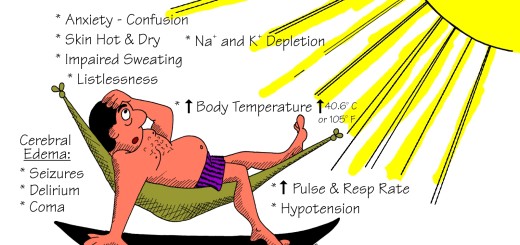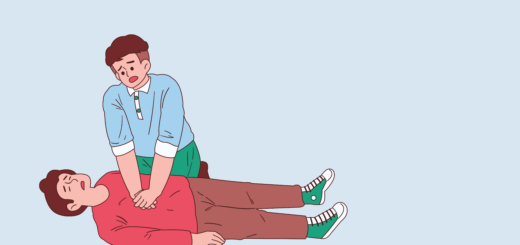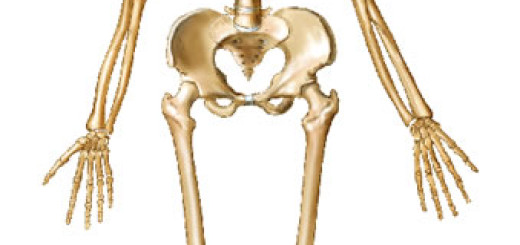Smoke Inhalation First Aid: # Essential Steps
Have you ever been in a situation where the smoke alarm suddenly starts blaring? It can be scary and confusing, and the case gets more critical if someone inhales smoke.
We all know that smoke inhalation is no joke. Therefore, knowing what to do in those critical situations can be helpful. In this blog post, we will discuss the symptoms and first aid for smoke inhalation. 8 essential steps are listed to help you understand what to do and not to do in those situations.
Read on to know more!
Recognizing Smoke Inhalation Symptoms
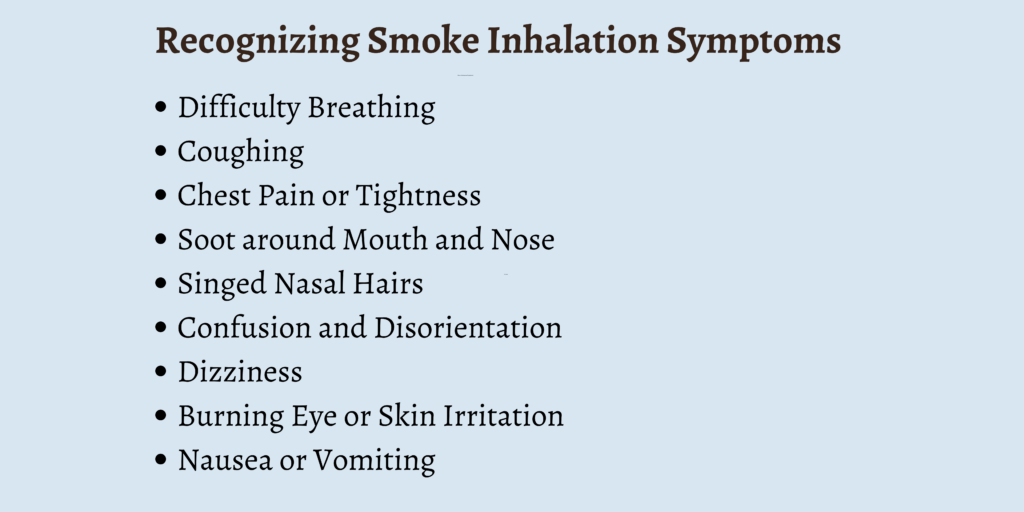
It is crucial to recognize the symptoms of smoke inhalation early so necessary action can be taken to save a life. Here’s the list of symptoms to watch out for:
- Difficulty Breathing: The person might find it difficult to breathe, and he/she can experience shortness of breath, rapid breathing, wheezing, or labored breathing.
- Coughing: Persistent coughing is a common symptom. The cough might produce black phlegm due to the inhaled smoke particles.
- Chest Pain or Tightness: Pain, burning, or tightness in the chest can indicate irritation or inflammation in the airways.
- Soot around Mouth and Nose: If you see blackened areas around a person’s mouth and nose, it is a sign of smoke inhalation.
- Singed Nasal Hairs: Exposure to intense heat from smoke can cause singed nasal hairs.
- Confusion and Disorientation: Due to smoke inhalation, the person might seem confused, disoriented, or unfocused.
- Dizziness: Smoke inhalation can cause lightheadedness or dizziness due to lack of oxygen or carbon monoxide poisoning.
- Burning Eye or Skin Irritation: Smoke can cause irritation in the eyes and skin, leading to redness, watering, and burning.
- Nausea or Vomiting: Nausea and vomiting may also occur due to smoke inhalation.
Even if the symptoms seem mild, it is important to seek medical attention after smoke inhalation.
8 Essential Steps of Smoke Inhalation First Aid
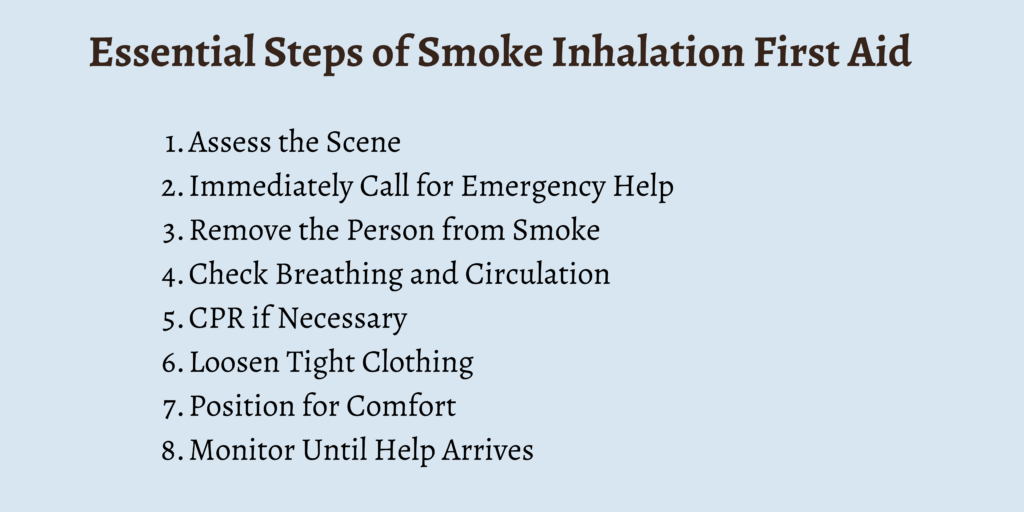
Smoke inhalation is a serious medical emergency. When you are present in a critical situation and encounter a victim, being aware and taking swift, proper action can significantly improve the chances of a full recovery. Below listed are essential steps in smoke inhalation first aid:
Assess the Scene
Before jumping to the rescue and entering a smoke area, evaluate the situation. If you see the fire is large and spreading rapidly, you should prioritize your own safety and evacuate the building immediately. Keep yourself safe first!
Immediately Call for Emergency Help
The very first step is to dial 911 or your local emergency number. Every second counts in smoke inhalation cases. Call for emergency help, explain the situation, and inform them about smoke inhalation victims.
Remove the Person from Smoke
If possible, try to move the person to an area with fresh air quickly. If the smoke is causing poor visibility, crawl on the ground. If the victim is unconscious or unable to walk, carefully carry them out. Don’t put your life at risk!
Check Breathing and Circulation
Once you have moved the person to a safe place, check for signs of breathing and chest movements, listen for breathing sounds, and feel the pulse at the wrist or neck. An unconscious person who is not breathing needs immediate CPR.
CPR if Necessary
If the person is not breathing, begin CPR immediately, but only if you are trained in it. Continue CPR until the person starts breathing or emergency help arrives.
Loosen Tight Clothing
If the person is wearing tight clothing, it can make breathing difficult. Loosen or remove any tight belt, collar, tie, or shirt.
Position for Comfort
It is essential to make the person sit in an upright position as it helps in easier breathing. If they are unable to sit at all, lay them on their side so they do not choke if they vomit.
Monitor Until Help Arrives
Monitor the person’s breathing and level of consciousness until help arrives. Ensure they are calm and comfortable. Do not give the victim anything to eat or drink, as they may vomit and choke.
What NOT to Do After Smoke Inhalation
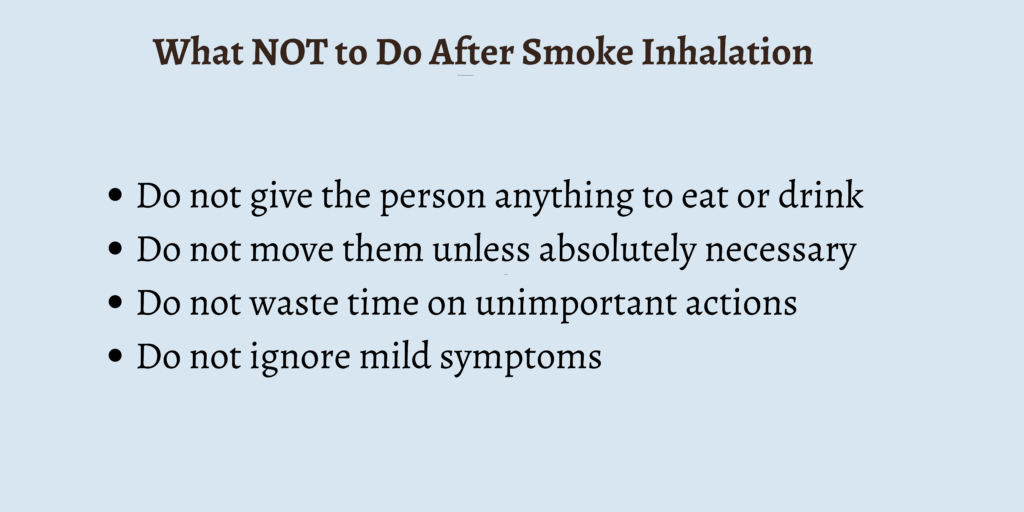
As much as it is necessary to take immediate action, it is equally important to avoid doing certain things that can potentially worsen the situation for smoke-inhaled victims. Here’s a breakdown of what not to do after smoke inhalation:
Do not give the person anything to eat or drink
Smoke inhalation irritates the airways and digestive system. Giving the victim any kind of food or drink can lead to choking or aspiration. Therefore, waiting for medical professionals to arrive and assess the situation is necessary. They will determine if it is safe to give food or fluids.
Do not move them unless absolutely necessary
The person might have injured himself from the fire or during the evacuation, so avoid moving them unnecessarily, as improper movement can worsen the injuries. Try to help with their injuries until medical professionals arrive.
Do not waste time on unimportant actions
Do not waste time on unnecessary things and delay calling emergency services. The first priority is to provide the person with medical attention as quickly as possible. Address the smoke inhalation issue but leave the burn treatment to medical experts.
Do not ignore mild symptoms
Even if the symptoms seem mild, do not ignore them and seek medical attention immediately. Many times, the effects of smoke inhalation take time to appear.
Additional Tips and Aftercare
Aftercare is also essential to recover properly from smoke inhalation. As mentioned above, do not neglect mild symptoms. Seek medical attention as soon as possible. Doctors will assess the severity of the situation, check for lung damage, and provide appropriate treatment.
Ample rest is important to allow the body to recover. Increase fluid intake and avoid smoke, dust, and other air pollutants that can further worsen the victim’s condition. Continue to monitor the symptoms and follow the doctor’s instructions properly.
FAQs
Is smoke inhalation fatal?
Yes, smoke inhalation can be fatal and requires medical attention. Call the emergency services immediately.
How to prevent smoke inhalation?
Install smoke and carbon monoxide detectors in rooms and high-risk locations to prevent smoke inhalation. Build escape routes and convey proper instructions on what to do in case of fire emergencies. Stick the telephone numbers of police and fire departments in all visible places.
What can you expect in the emergency room after smoke inhalation?
Basically, heart rate, breathing, and blood pressure will be checked. The affected person will be examined carefully. You can expect chest X-ray, pulse oximetry, carboxyhemoglobin test, blood test, and electrocardiogram (ECG). However, the test and examination procedure might vary depending on the situation.
Conclusion
Let’s be honest: smoke inhalation is a very serious situation, and its symptoms should not be neglected. If you encounter a victim who has inhaled smoke, follow the above-mentioned first aid steps and aftercare tips to help the person survive and recover.

